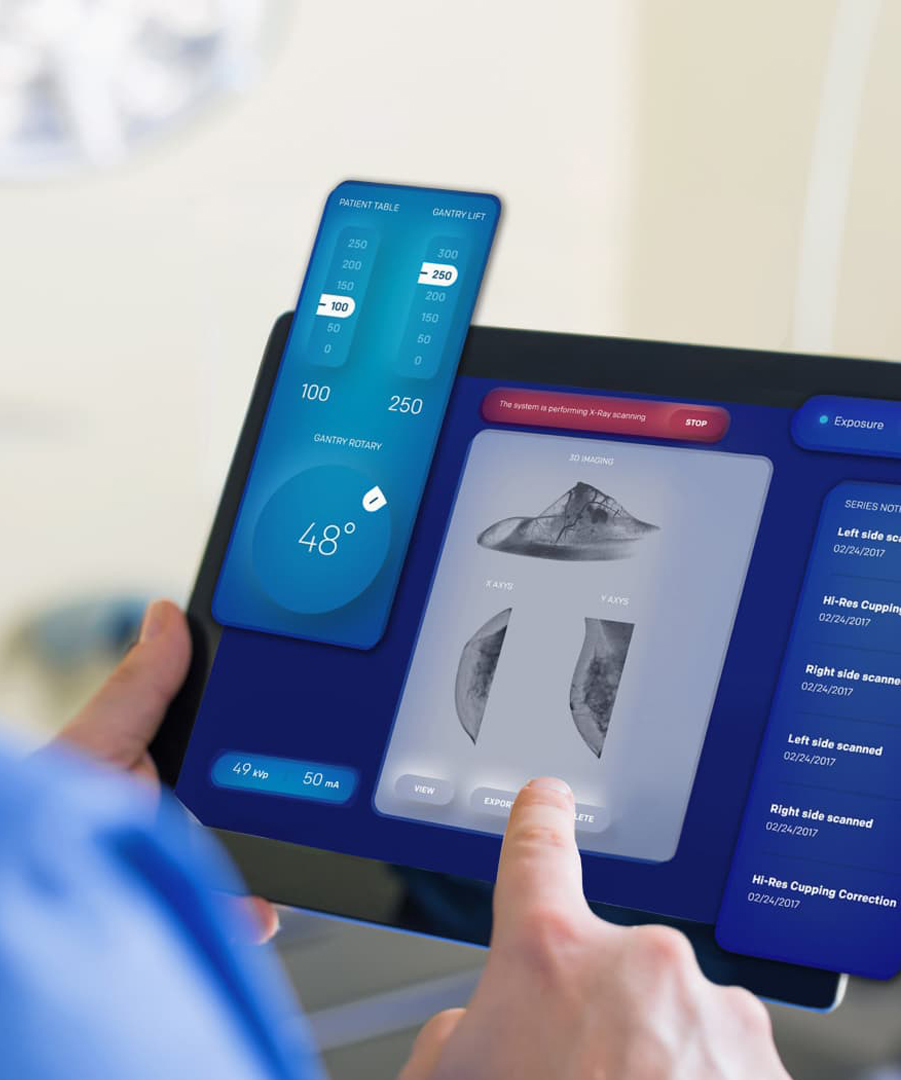


Financiado mediante un modelo de financiación combinado que incluye asignaciones nacionales y préstamos internacionales para el desarrollo, el proyecto de 45 millones de dólares incluye la capacitación de operadores por parte de técnicos japoneses, lo que garantiza una implementación óptima. El modelo Isuzu FTR fue seleccionado por su durabilidad en la variada geografía de Etiopía, desde ciudades montañosas como Adís Abeba hasta regiones áridas. Esta adquisición también refleja el fortalecimiento de los lazos bilaterales con Japón, ya que Isuzu Motors Ltd. colaboró con ingenieros etíopes para adaptar las especificaciones del chasis a las condiciones locales.
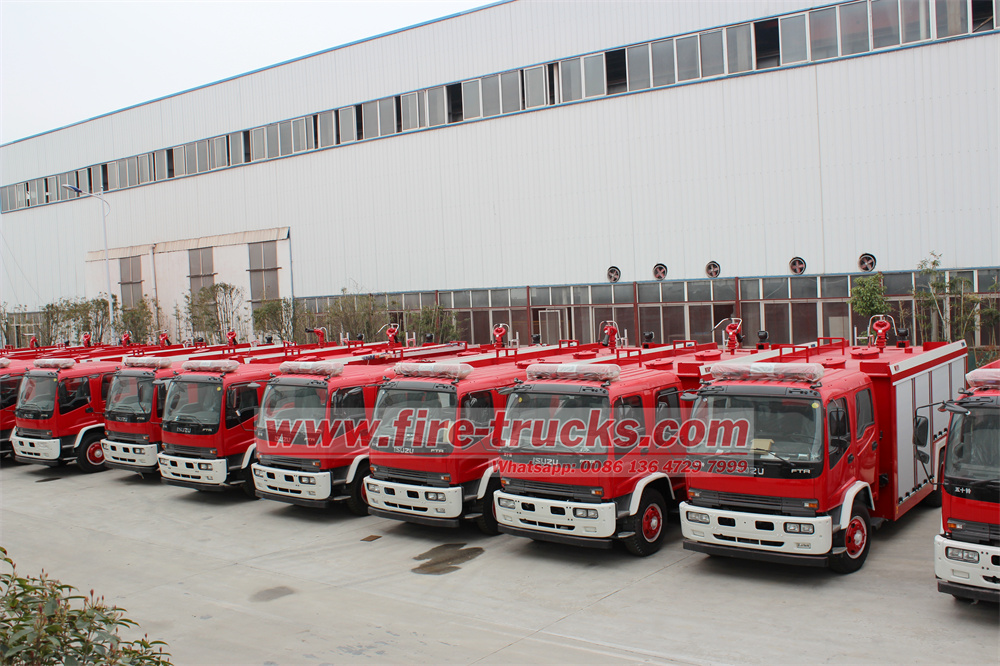
Los modelos Isuzu FTR, personalizados para las condiciones operativas de Etiopía, cuentan con un tanque de agua de 4.500 litros, una bomba de alta presión con una capacidad de 3.000 L/min y un sistema de espuma integrado para combatir diversos escenarios de incendio, incluidos incendios derivados del petróleo.
La adquisición subraya el compromiso de Etiopía con la modernización de sus capacidades de extinción de incendios, ya que el equipo obsoleto y los recursos limitados habían dificultado anteriormente una respuesta eficaz a emergencias. Cada vehículo estará equipado con cámaras termográficas avanzadas, sistemas de escaleras telescópicas y módulos de coordinación con GPS para mejorar la interoperabilidad con las redes nacionales de gestión de desastres.
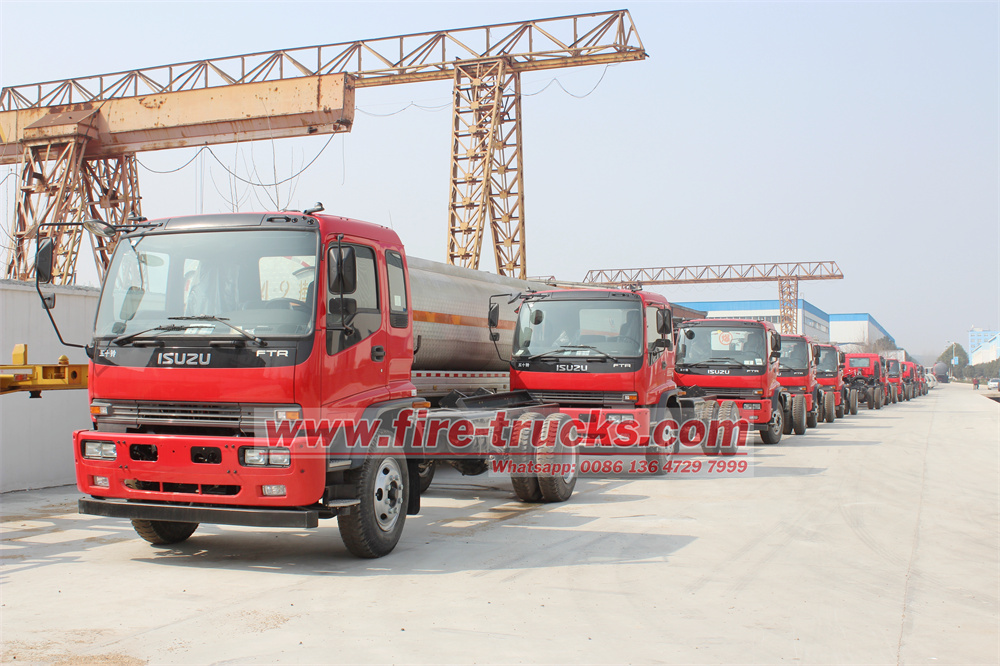
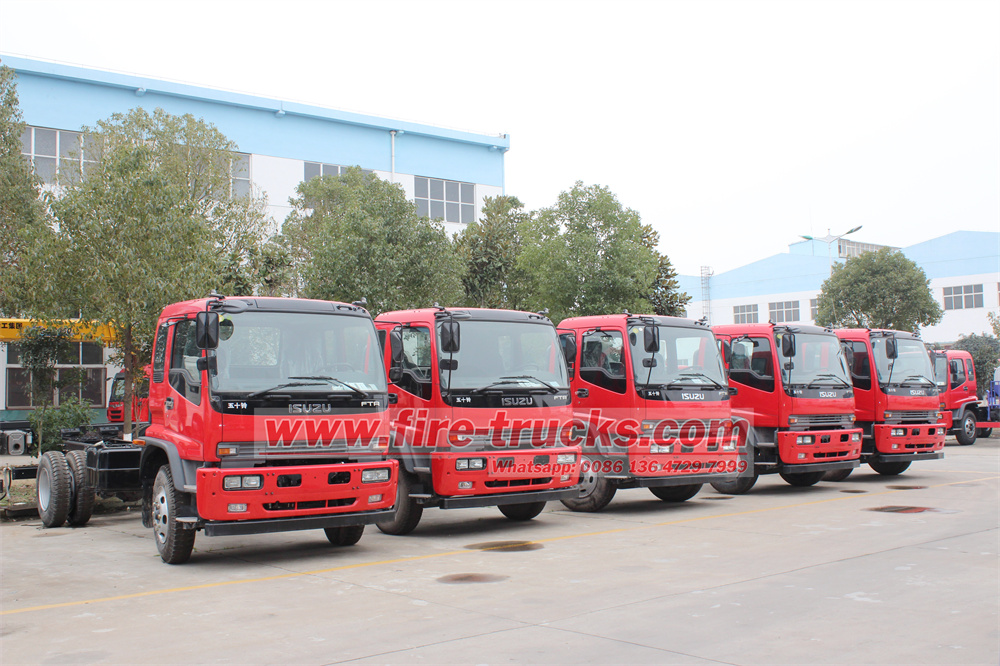
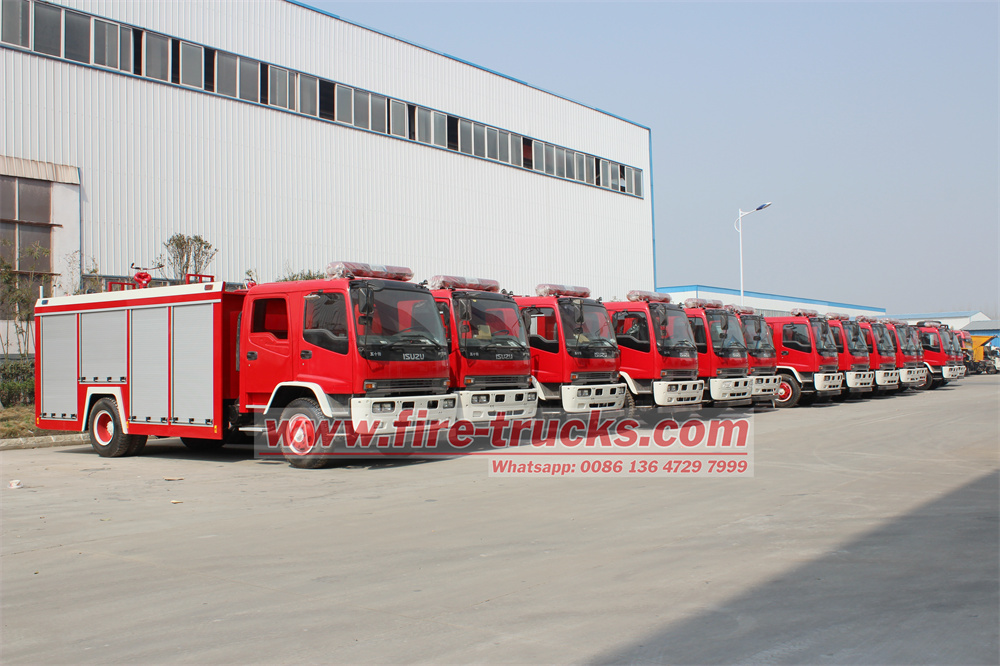
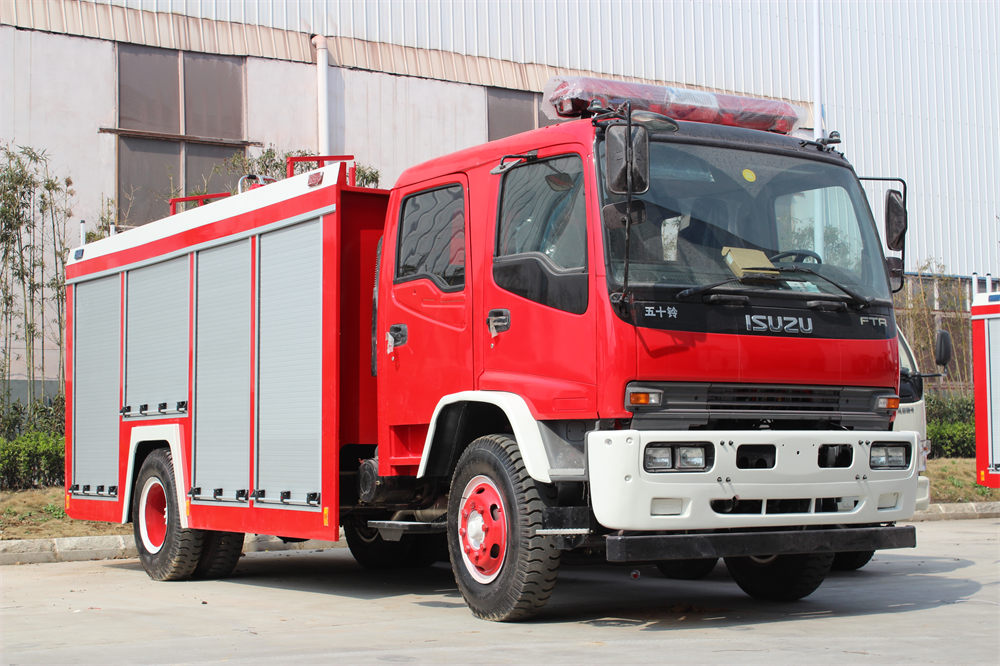
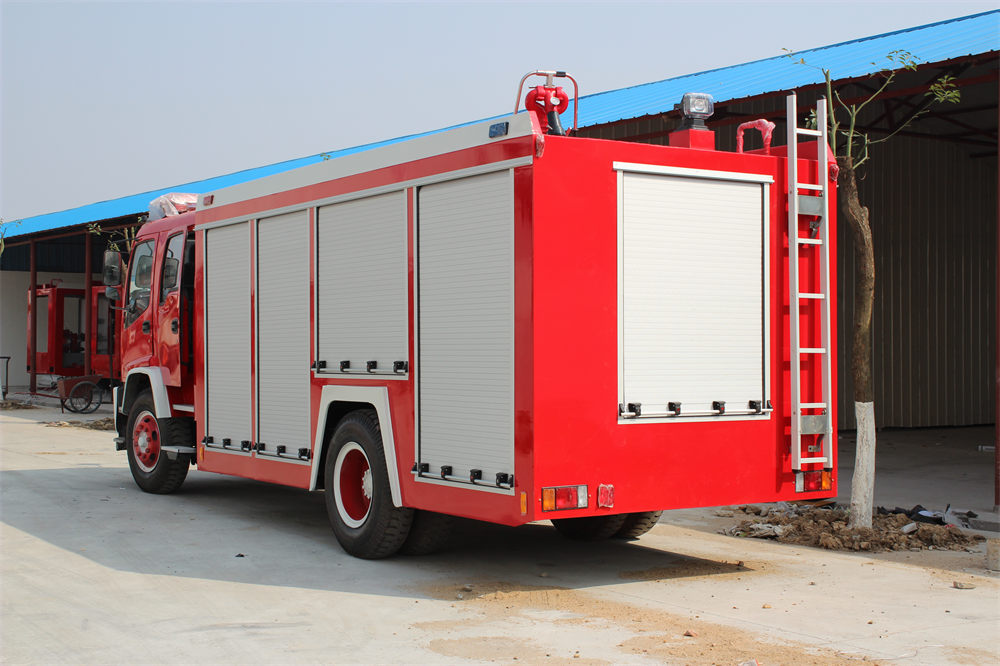
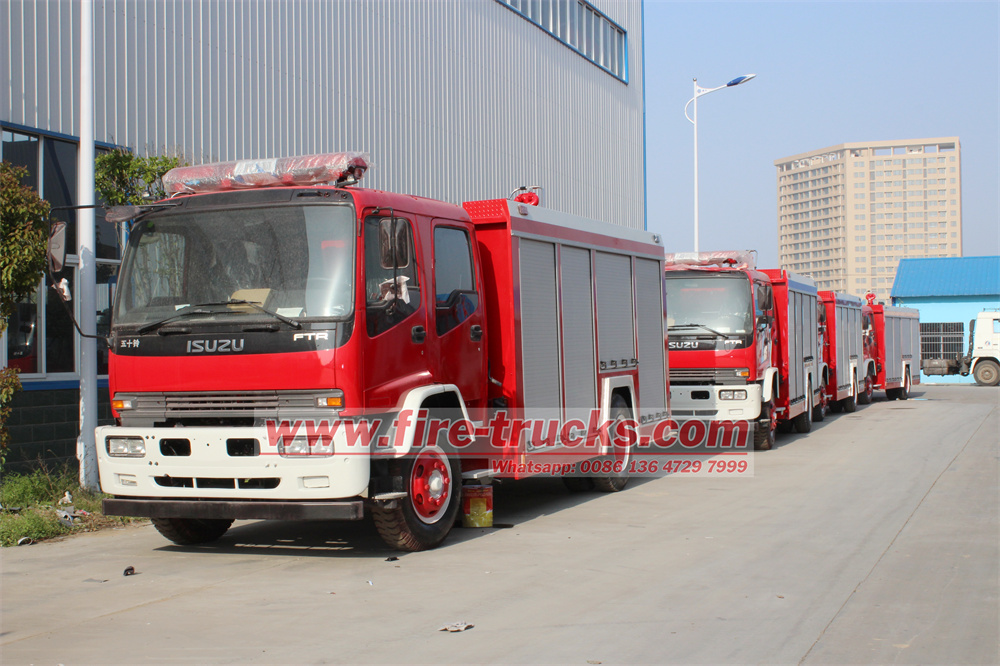
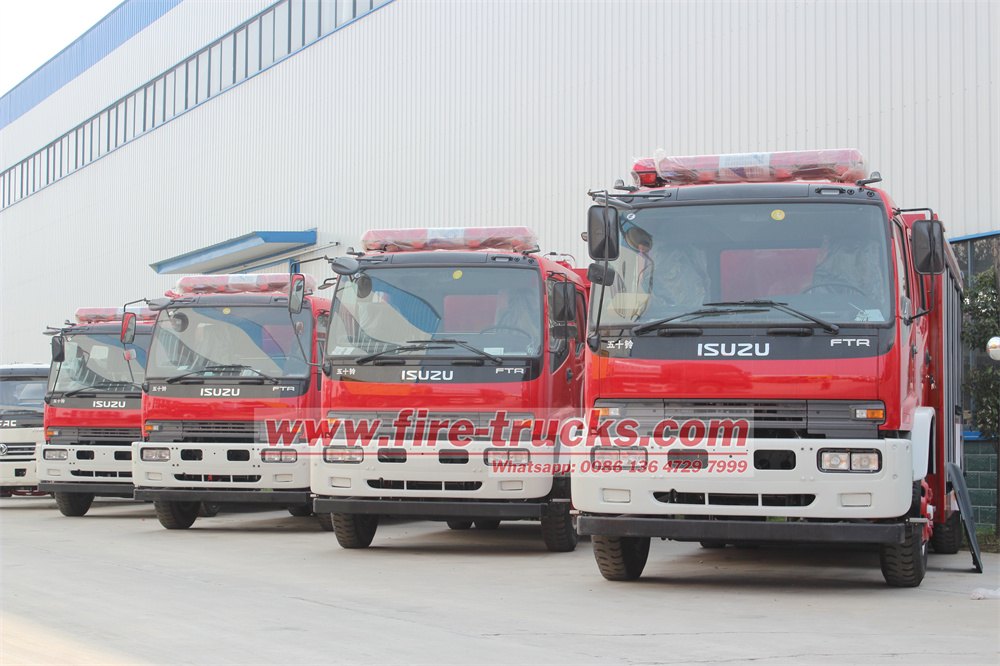
La adquisición de 200 camiones de bomberos Isuzu FTR por parte del gobierno etíope tiene como objetivo fortalecer la capacidad de respuesta ante emergencias en sectores críticos. A continuación, se detallan los cuatro objetivos principales de esta adquisición:
Mitigación de incendios urbanosLos camiones se utilizarán para combatir incendios estructurales en ciudades densamente pobladas como Addis Abeba, donde la rápida urbanización y el envejecimiento de la infraestructura aumentan los riesgos de incendio.
Control de riesgos industrialesDirigidas a zonas industriales y depósitos de combustible, las unidades están diseñadas para combatir incendios químicos y eléctricos. Sus avanzados sistemas de dispersión de espuma y materiales resistentes al calor permiten la contención segura de incendios de materiales inflamables, protegiendo los activos económicos y minimizando la contaminación ambiental.
Cobertura de emergencia rural:Modificados para terrenos todoterreno, algunos camiones se desplegarán en regiones agrícolas y pastorales remotas propensas a incendios forestales.
Mejora de la resiliencia ante desastresIntegrada en los marcos nacionales de gestión de desastres, la flota brindará asistencia durante inundaciones, terremotos y crisis humanitarias transportando personal, equipos y suministros de agua de emergencia.
Puede estar interesado en la siguiente información